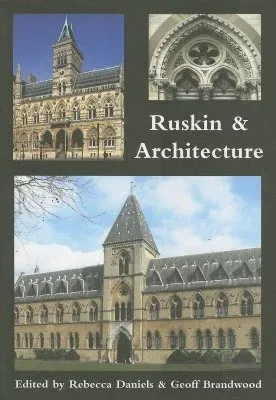Geoff Brandwood
(Author)Ruskin and ArchitecturePaperback, 1 December 2003

Qty
1
Turbo
Ships in 2 - 3 days
In Stock
Free Delivery
Cash on Delivery
15 Days
Free Returns
Secure Checkout

Print Length
382 pages
Language
English
Publisher
Spire Books
Date Published
1 Dec 2003
ISBN-10
0954361512
ISBN-13
9780954361518
Description
Product Details
Author:
Book Format:
Paperback
Country of Origin:
GB
Date Published:
1 December 2003
Dimensions:
23.98 x
16.71 x
2.46 cm
ISBN-10:
0954361512
ISBN-13:
9780954361518
Language:
English
Location:
Reading, MA
Pages:
382
Publisher:
Weight:
834.61 gm